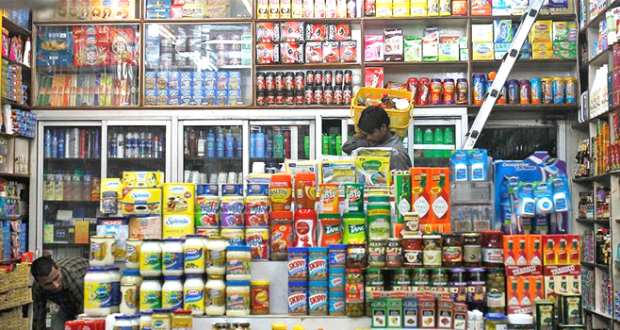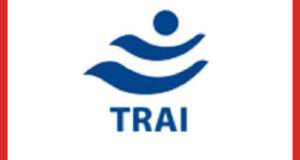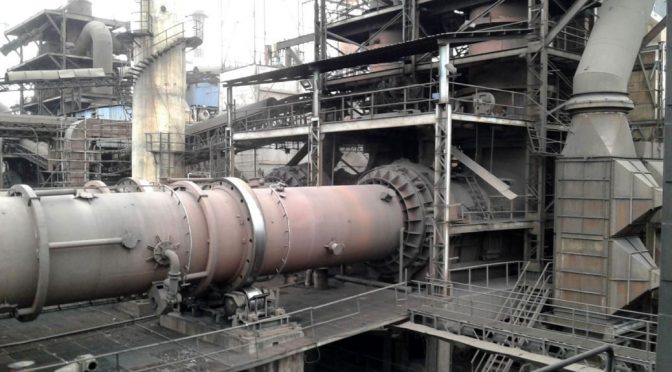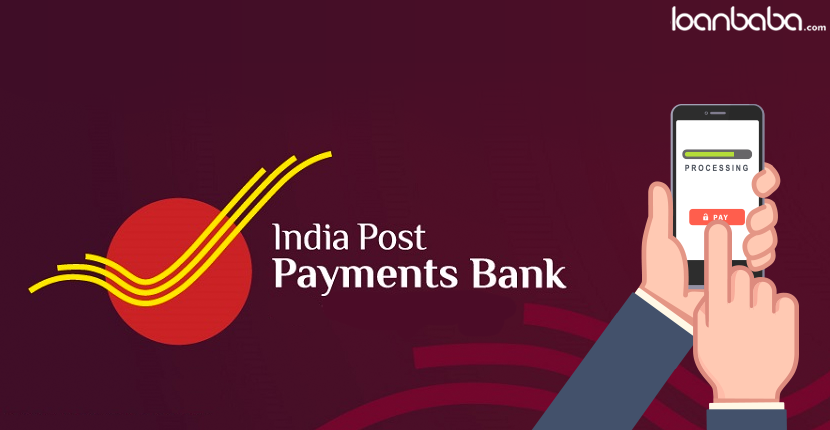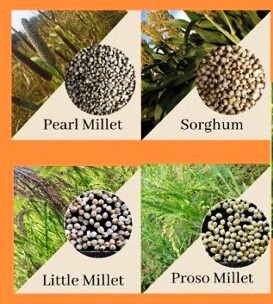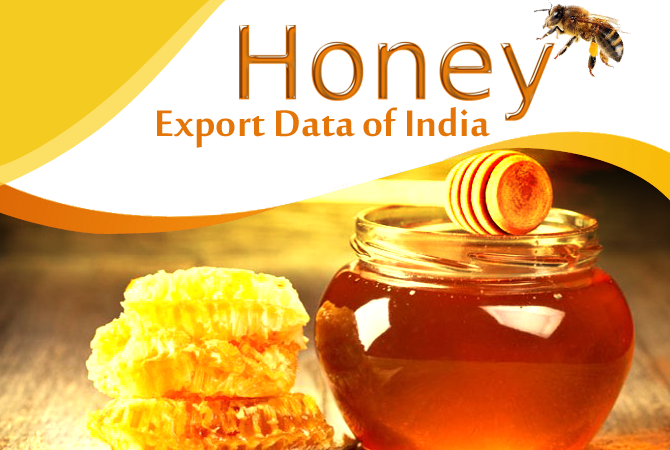Macro-environmental issues like inflation and tighter wallets, particularly in rural market, shift many shoppers towards private label brands while a sizeable cohort continues to pay for premium or differentiated products considering functional, organic, ethnic and convenience-led value of the product or category.
The fast-moving consumer goods (FMCG) sector comprising of food & beverages, personal care and home care products remains as one of the largest sectors in Indian economy. This sector is mostly driven by rapid industrial development, supportive government policies and increasing purchase-power of consumers. After pandemic-era, demand for products and categories belonging to this sector improved substantially with even higher prices, particularly in between 2022–24. During current year- 2025 this sector is expected to grow to reach 245 billion dollars for Odisha, driven by factors like rising disposable income, large youth population, changing buyer behaviour and increased brand awareness. However, the industry is still said to be in transitional phase where sales growth is steady but more dependent on smarter cost management, channel innovation, and proper positioning to meet expected consumer values.
Analysts expect continued and moderate expansion of FMCG business rather than sharp or explosive growth. Online grocery and e-commerce are expanding at a faster rate in comparison to other distribution channels. The sector presently gains in digital marketing share even as brick-and-mortar outlets still remain vital for many staples. New and emerging customer groups are youth, netizens and women who are driving the demand based on both functional and emotional value of products or category. Market forecasts published recently indicate meaningful growth of FMCG market in specific segments like online grocery with double-digit year-on-year. In Odisha, consumer engagement is mostly seen in categories like soap, detergents, toothpaste, shampoo and tea.
Distribution includes e-commerce channel as well as traditional pipelines and functions efficiently resulting in better convenience and rapid delivery of staple goods. Retailers and brands are now-a-days investing in dark stores, micro-fulfilment centres and last-mile logistics to shorten delivery time and to reduce costs per order. This shift boosts online FMCG penetration and forces brands to optimise assortment, keep fresher SKUs, and price the product accordingly. Distribution efficiency is closely monitored through proper stocking measures and performance of the concerned distributor on various parameters.
FMCG market is very competitive and profit margin per unit product is relatively less. Macro-environmental issues like inflation and tighter wallets, particularly in rural market, shift many shoppers towards private label brands while a sizeable cohort continues to pay for premium or differentiated products considering functional, organic, ethnic and convenience-led value of the product or category. The result is a bifurcated market: low-cost lines gaining share on a volume basis, while premium niches grow in margin and innovation. Brands need to manage portfolios to capture both pockets of demand. Prominent FMCG companies operating in Odisha are Brittania, Coca-Cola, Hindustan Unilever, ITC and Nestle.
New age customers are value driven and they expect the intent of companies being providing something good to customers. Sustainable packaging, recyclable formats, and lower-carbon sourcing by companies are attracting value seekers to their offerings. Investment in recyclable/flexible packaging and bio-based materials are in increasing trend to demonstrate credible life-cycle benefits.
Retailers are also elevating their own brands with similar quality, curated assortments, national distribution and compete on price and margin for many undifferentiated products. Traditional path of buyer behaviour towards purchase of certain product or category is changed. New generation customers with lesser attention span for knowing various products have a different customer path comprising of 5 As: Attitude (individual opinion), Appeal (emotional or social), Ask (collecting views or rating), Act (buying experience) and Advocate (repeat or influencing others). FMCG companies target these new age customers through online marketing process. The near future will see AI applied across demand forecasting, dynamic pricing, personalised promotions, and inventory optimisation. Firms that adopt machine learning for forecasting and automation in fulfilment will reduce waste, improve on-shelf availability and protect margins in a tighter growth environment.
Odisha government has approved over 40 investment proposals worth more than Rs 6500 crore in FMCG and food processing sector. The benefit includes capital subsidy, electricity reimbursement and land availability. Among them, prominent players are ITC, Britannia, Nestle, Coca-Cola, Parle Agro Bharat Masala, Ruchi Foods etc. The Government of Odisha has several policies to promote various industries, food processing units etc in the state. The rising rural demand for FMCG goods in the state acts as catalyst for expansion of the sector. Expansion of It sector and more urbanisation tends people towards quality of life and demands for value-based products. In addition, there is a growing demand for health-and-wellness products and convenience products driven by changes in taste and preference of new age customers. On the other hand, various bottlenecks do exist such as rural market complexities, weaker supply-chain infrastructure and few challenges faced by MSMEs. Despite such challenges, the sector is expected to perform better due to supportive state policies and its focus on industrial investment.
 Indian Industry Plus A Pratisrutiplus Suppliment
Indian Industry Plus A Pratisrutiplus Suppliment





